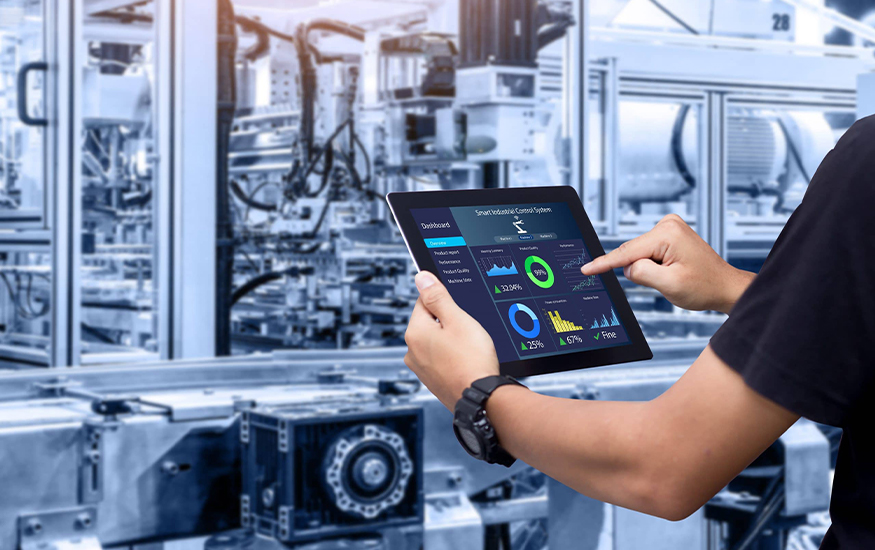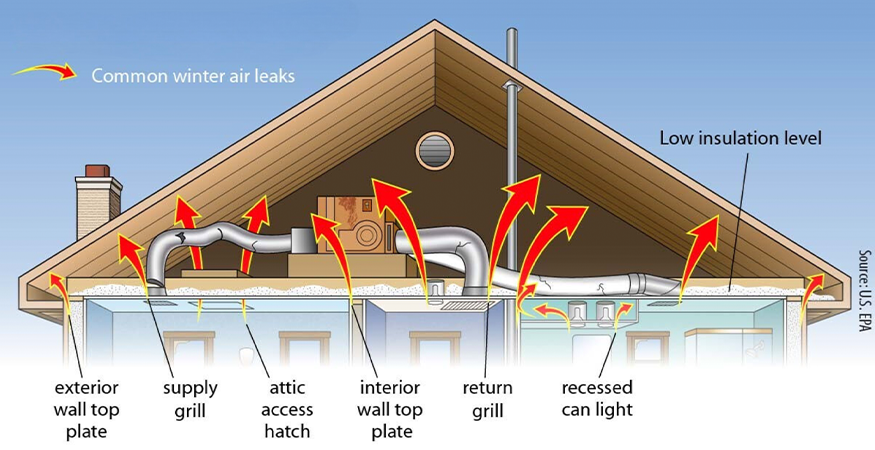Are you struggling to keep your business’s energy costs under control? As energy prices continue to soar, monitoring and managing your organization’s energy consumption has become more crucial than ever. Failing to address inefficiencies can lead to skyrocketing utility bills, decreased profitability, and a larger carbon footprint. So why is energy monitoring important for Vietnam’s business? It’s the key to unlocking sustainable cost savings and environmental responsibility for businesses of all sizes.
What is Energy Monitoring?
Energy monitoring is the process of tracking and analyzing a facility’s energy usage over time. It involves collecting real-time data from various sources such as utility meters, sub-meters and a variety of sensors to provide detailed insights into energy consumption patterns. This data can be visualized through dashboards and reports, enabling businesses to identify areas of inefficiency, monitor trends, and make informed decisions about energy management.

Why is Energy Monitoring important?
Energy monitoring is crucial for businesses for several reasons:
1. Cost Savings
One of the primary benefits of energy monitoring is the potential for significant cost savings. As per the Carbon Trust, a 20% reduction in energy costs can yield equivalent bottom-line benefits to a 5% increase in sales for numerous businesses, underscoring the significance of monitoring energy usage. Additionally, data from the U.S. Department of Energy suggests that implementing energy-efficient practices can reduce energy costs by up to 30% for commercial buildings. Establishing an energy monitoring system proves invaluable in detecting any avoidable expenditures.
Energy monitoring systems enable informed decision-making regarding equipment upgrades and the optimization of heating and cooling systems to enhance building efficiency. Through continuous energy monitoring usage and the establishment of consumption targets, data from these systems empowers organizations to make data-driven choices, ultimately leading to reduced energy expenses and improved financial outcomes.

2. Real-Time Energy Data
According to a report by the U.S. Department of Energy, real-time energy monitoring can lead to improvements in equipment reliability, reducing maintenance costs and downtime.
With real-time energy data at your disposal, businesses gain the ability to identify patterns of abnormal consumption. A real-time alert can be configured to enable immediate action, as opposed to discovering the issue the next day after the heating or lighting had been left on overnight, wasting money and energy unnecessarily. Moreover, energy monitoring can also detect and flag water leaks, which, according to data from Ofwat, if left undetected, could result in a significant financial burden for businesses.
3. Environmental Responsibility
Beyond reducing expenses, energy monitoring systems also aid environmental initiatives and lessen the ecological footprint of buildings. According to the International Energy Agency (IEA), global energy-related CO2 emissions reached a record high of 33.5 gigatons in 2021, with buildings accounting for around 28% of these emissions. Moreover, a study by the American Council for an Energy-Efficient Economy (ACEEE) found that energy monitoring and management in commercial buildings can reduce greenhouse gas emissions by up to 30%.
Businesses can dramatically decrease their carbon emissions by pinpointing areas of energy waste and enacting efficiency measures. This not only aligns with ESG objectives, but also enhances the business’s public reputation and brand perception. Energy monitoring platforms supply vital data to quantify and report enhancements in energy efficiency, allowing organizations to demonstrate their dedication to environmental sustainability. Through tracking energy use and uncovering opportunities for progress, companies can take concrete action toward a more eco-friendly future.

4. Regulatory Compliance
In the U.S., the Energy Policy Act of 2005 requires federal buildings to implement energy monitoring and management practices. The European Union’s Energy Efficiency Directive (EED) mandates that large companies conduct energy audits at least every four years and report their energy consumption data. Energy monitoring helps businesses comply with these requirements and avoid costly penalties.
How can businesses improve energy efficiency?
Becoming energy efficient is an increasingly pressing matter, as energy prices in 2025 are expected to be much higher than they are currently (Direct Business Solutions, 2024), and with the government introducing carbon reduction goals, many companies are feeling the urgency to swiftly enhance their energy efficiency. According to a report by Eco Monitor, the latest Business Energy Index (nBEI) revealed that nearly a quarter of businesses globally were unaware if they had reduced their energy consumption over the past 12 months, highlighting the lack of proper energy monitoring practices in place.
Here are some suggestions we have for improving the energy efficiency of your business:
1. Energy Monitoring
The initial step towards enhancing energy efficiency is the implementation of an energy monitoring solution. After all, it’s challenging to address issues that remain invisible. A robust monitoring system provides comprehensive insights into your current operations and allows you to benchmark your energy consumption. This serves as a valuable tool for identifying areas with the most significant potential for efficiency gains. By deploying monitoring technology, you can pinpoint various inefficiencies, such as unnecessary lighting usage even in well-lit environments. This not only facilitates cost savings but also contributes to a more sustainable and environmentally conscious operation.
2. Insulation and Air Sealing
Heating and cooling systems are major energy consumers, so making your building as airtight and well-insulated as possible is crucial to reduce this demand.
- Invest in high-performance insulation materials and ensure proper installation in walls, ceilings, attics, and crawl spaces to minimize heat transfer.
- Identify and seal air leaks around windows, doors, electrical outlets, and other openings using caulk, weather stripping, or expanding foam sealants, as air leaks can account for significant energy losses.
- Replace old, single-pane windows and doors with energy-efficient, double or triple-glazed units, as statistics show up to 71% of heat can enter and 48% of heating can escape through poorly insulated windows.
- Consider advanced wall systems like insulated concrete forms (ICFs) or structural insulated panels (SIPs), which offer superior insulation and airtightness compared to traditional construction methods.

3. Equipment Upgrades
Replace aging or inefficient equipment with energy-efficient alternatives:
- LED Lighting: LED bulbs consume up to 90% less energy than incandescent bulbs and have a longer lifespan, reducing maintenance costs.
- High-Efficiency HVAC: Upgrade to Energy Star certified HVAC systems with features like variable speed drives, advanced controls, and improved insulation for optimal efficiency.
- Smart Controls: Implement smart controls and automation for lighting, HVAC, and other systems to optimize operations based on occupancy, schedules, and real-time conditions.
- Other manufacturing equipments
4. Leverage Smart Energy Solutions
After you have made adjustments to your building to make it as energy efficient as possible, you can integrate advanced technologies such as an energy monitoring and control platform to further enhance efficiency and savings. At Vinergy, we offer real-time energy monitoring, automation capabilities and actionable insights to optimize energy usage, reduce waste and achieve substantial cost savings. With our solutions, businesses can easily track, control, and optimize their energy consumption from a single platform, unlocking sustainable cost savings and environmental benefits.
To learn more about Vinergy’s innovative offerings and how we can take your company to the next level in saving energy, get in touch with us for a consultation.
